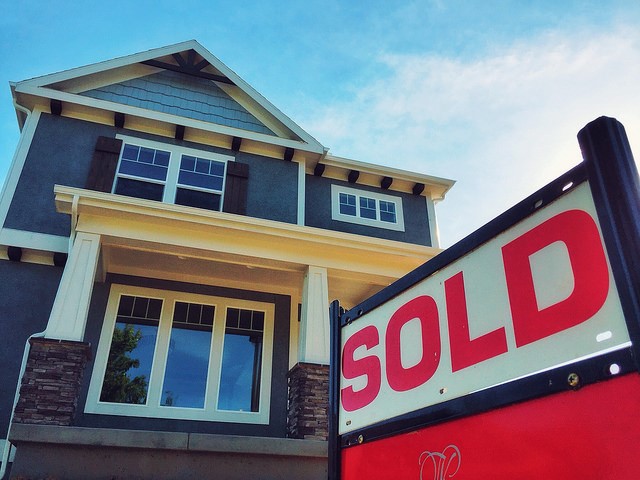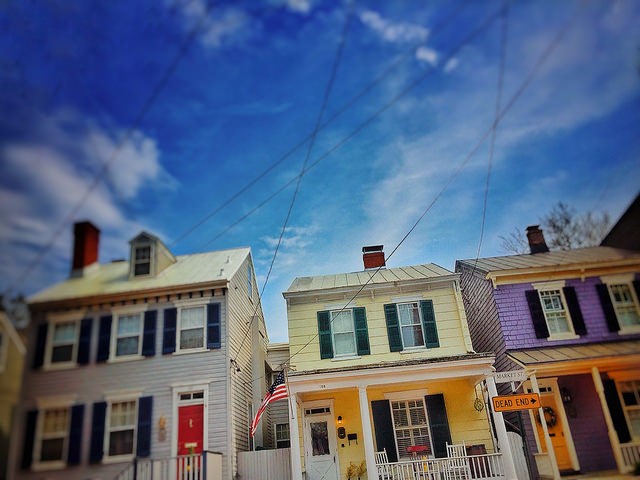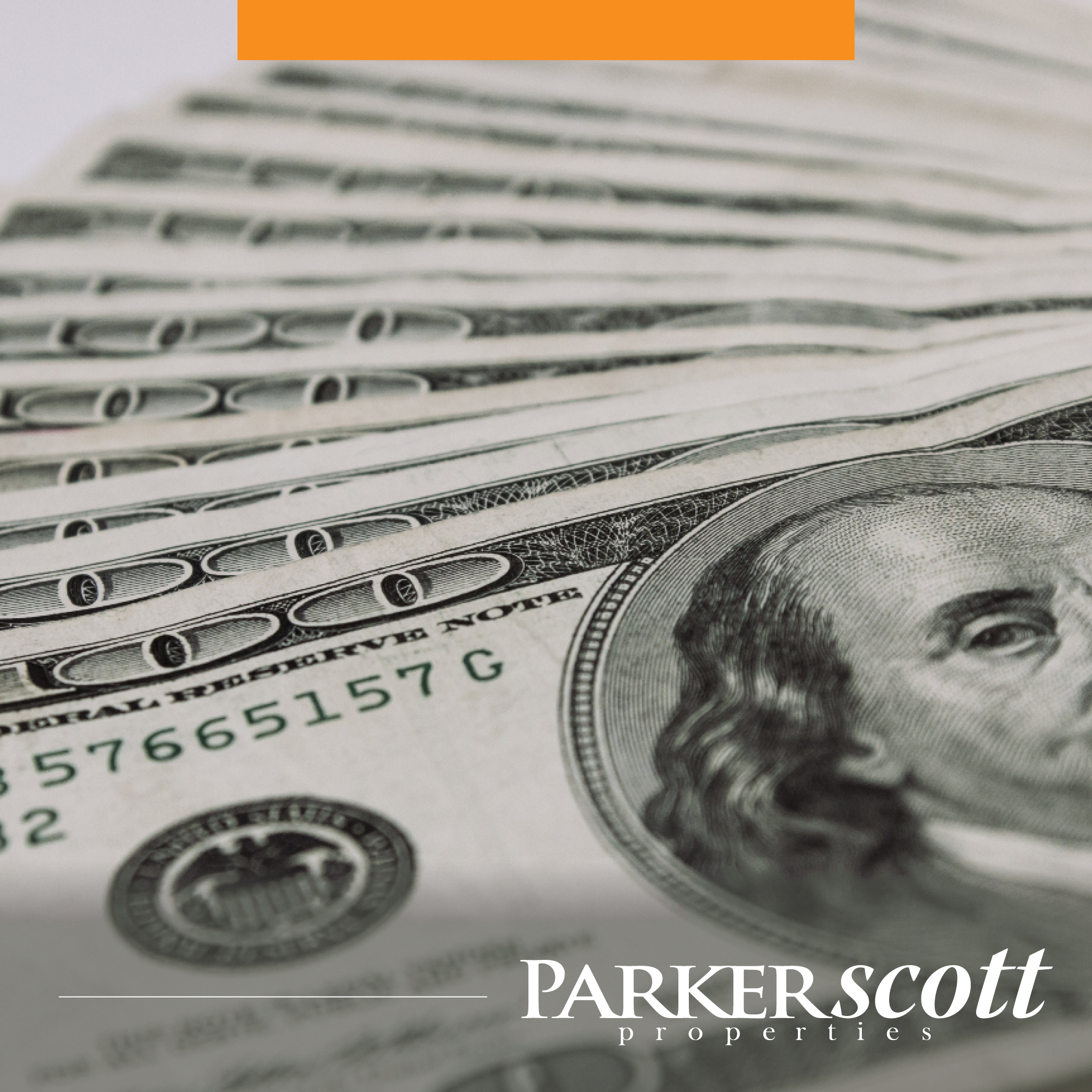Housing Health A Decade After The Crash
Following the housing crash and financial crisis, there was talk that Americans may stop aspiring to homeownership and would no longer see the housing market as a sound investment and reliable creator of wealth. After all, homeowners who saw the values of their homes plummet might become leery and those who hadn’t yet bought a home may’ve considered themselves lucky. And yet, a decade down the road, the market has largely recovered and demand from buyers is running high. Lawrence Yun, the National Association of Realtors’ chief economist, says that is thanks to reforms enacted after the crash. “Over the past 10 years, prudent policy reforms and consumer protections have strengthened lending standards and eliminated loose credit, as evidenced by the higher than normal credit scores of those who are able to obtain a mortgage and near record-low defaults and foreclosures, which contributed to the last recession,” Yun says. And it’s true. Today, market conditions are fueled, not by a lack of a demand, but by a lack of enough homes to meet the high level of demand. Fortunately, Yun sees even more improvement on the horizon. In fact, his forecast for the next year includes rising inventory, moderating price growth, and more home sales as affordability conditions ease and make homeownership even more attractive to prospective buyers. More here.
Number Of Million Dollar Metros On The Rise
As everyone knows, real estate is mostly about location. What $500,000 buys you in one neighborhood will be far different than what it affords you in another. Put another way, your money will go a lot farther in the Midwest than it will on the West Coast. Which is why a recent analysis showing a growing number of cities where the median home value is $1 million or more isn’t quite what it initially seems. Though it’s true that the number of million dollar cities has doubled over the past five years and that, within a year, there will likely be 23 more, a closer look at where these cities are will help explain the numbers. That’s because most of those new million dollar cities are located in areas that are already among the most expensive in the country. For example, more than half of the new metros added will be in the areas surrounding major cities like Los Angeles, New York, Seattle, and San Jose. Which means, while it still represents an increase in home values across the country, the growing number of million-dollar metros doesn’t necessarily reflect an acceleration in home price increases. More here.
A Common Mistake Home Buyers Should Avoid
Home Buyer Must Haves Mean Compromise
Searching for a home to buy can be frustrating. Mostly because it’s not always easy to find a house in the right neighborhood with every one of the features you dreamed of. If you find the perfect kitchen, the house will have too few bedrooms. Or you’ll find a house with the right number of bedrooms and the kitchen will be too small. In other words, buying a house means compromise. And, in today’s market, buyers are having to make difficult choices. For example, a new analysis from the National Association of Realtors’ consumer website found that for 73 percent of recent buyers school district was an important factor in deciding which house to buy. But, among those buyers, nearly 80 percent said they had to give up other home features in order to find a house in their preferred district. Some of the features these buyers said they gave up included a garage, a large backyard, an updated kitchen, and an outdoor living area. In short, you might not get everything you want in one house. So prioritize your wish list and know what’s most important to you. More here.
How Long Does It Take Renters To Save For A House?
With rental costs and home prices both increasing, it’s become more challenging for renters to save for a down payment. How much so? Well, according to one recent analysis, the typical renter will have to save for nearly six and a half years to come up with a 20 percent down payment on a median-priced home. And, since the median home value is currently $216,000, depending on your prospective neighborhood, it could take even longer to save up for a house. Renters who aspire to homeownership shouldn’t get discouraged, though. Despite the fact that a 20 percent down payment is the standard amount recommended by financial experts, it is not a requirement in order to buy a house. In fact, depending on the particular terms of your mortgage, you can put down as little as 3 percent. In 2017, for example, 29 percent of first-time buyers had a down payment between 3 and 9 percent. That’s why it’s important to explore your options before deciding homeownership is out of reach. More here.
Your July Home Checklist
A Beginner’s Guide to Managing a Remodel
How Much Does Your Neighborhood Matter?
When you buy a house, you’re also buying the surrounding neighborhood. And, depending on your lifestyle and wishlist, the neighborhood may be even more important to you than the actual home you’re buying. After all, most of your life happens outside your home. So your proximity to schools, shopping, healthcare, recreation, and nature will have a large effect on how much you enjoy living in a particular house. In short, finding your dream house in the wrong neighborhood could make it a nightmare. Unconvinced? Well, a recent survey of Americans found large majorities who said the feel of a neighborhood was important when deciding where to live. In fact, 80 percent said the surrounding neighborhood had to fit their personality and an almost equal amount said they’d consider moving if they found they didn’t like their new neighborhood. In other words, when shopping for a new house, be sure to spend as much time considering the area around it as you do the areas inside it. It could even work out to be a better idea to find a smaller house in a great location than a big house somewhere you may grow to dislike. More here.
What Is The Most Prosperous City In The US?
Prosperous is defined as “successful in material terms; flourishing financially.” And, while money isn’t everything, it’s safe to say we all want to be successful and wouldn’t mind flourishing financially. So where in the country is the best place to live if you want some prosperity? Well, the answer might surprise you. That’s because a new study – looking at factors such as population, median income, home values, share of inhabitants holding higher education degrees, poverty rate, and unemployment – determined that Odessa, Texas was the the top city for prosperity, beating out heavy hitters like Washington DC, New York, Los Angeles, Atlanta, and Charleston. So what about Odessa makes it the most prosperous city in America? Well, from 2000 to 2016, the city experienced a 38 percent spike in income growth, home values rose 91 percent, and the poverty rate dropped by 36 percent. Those are some impressive numbers but the story behind the story is that Odessa benefited from a surge in crude oil production, which boosted the city’s fortunes and lifted it to the top spot on the list. More here.

